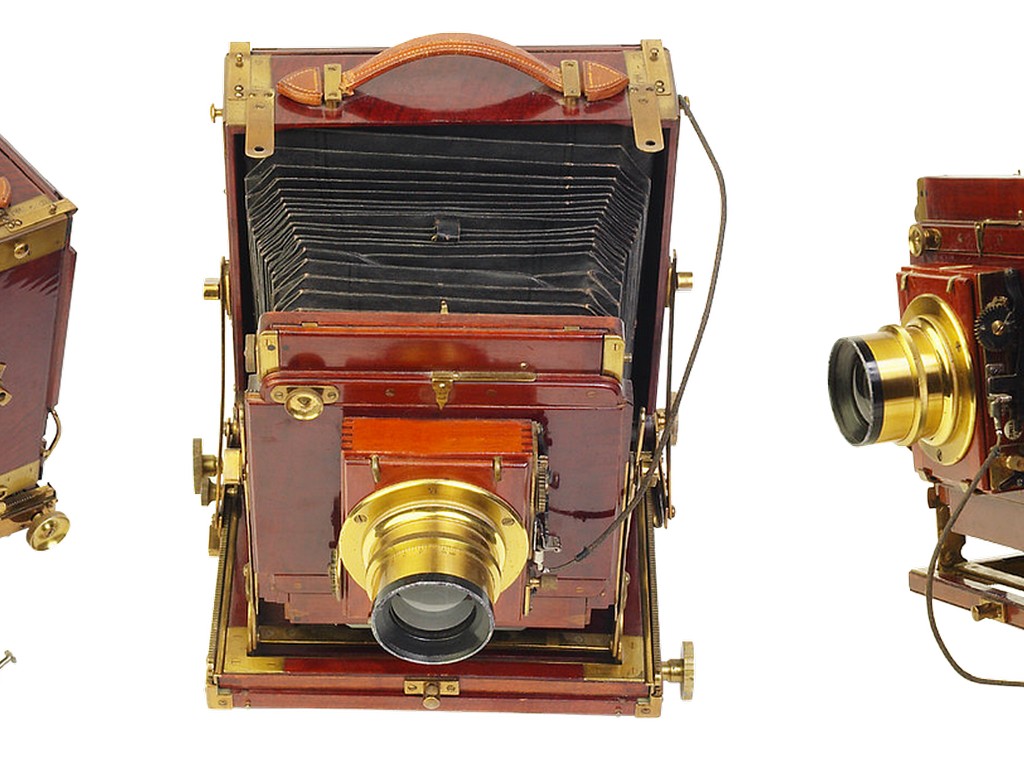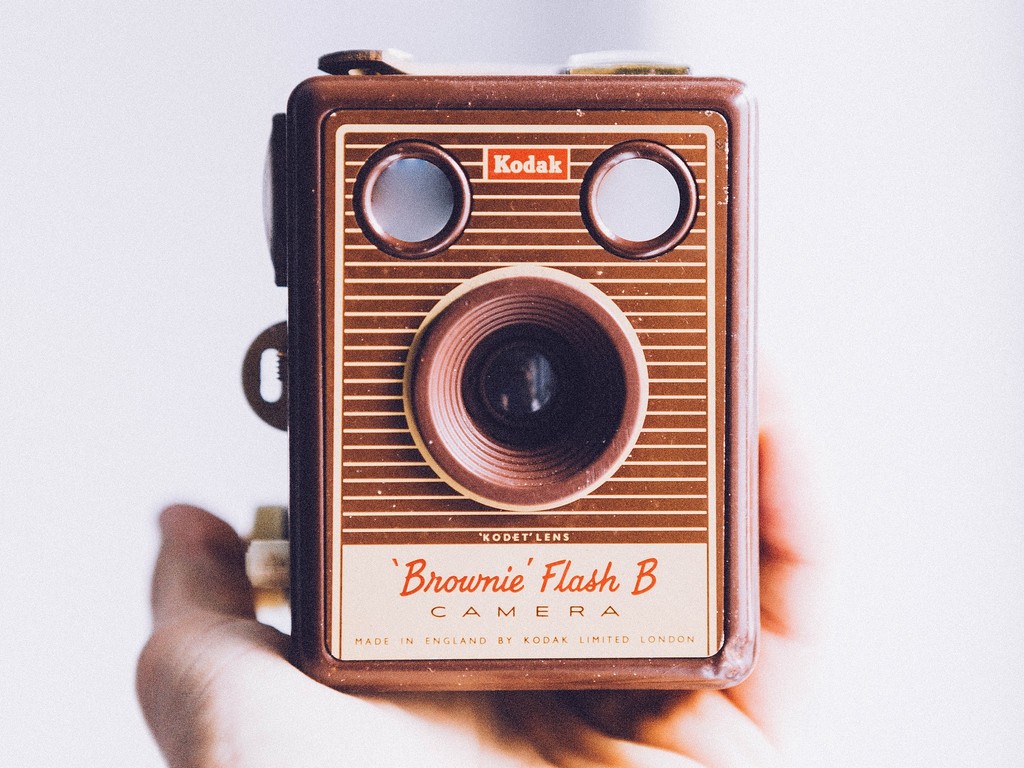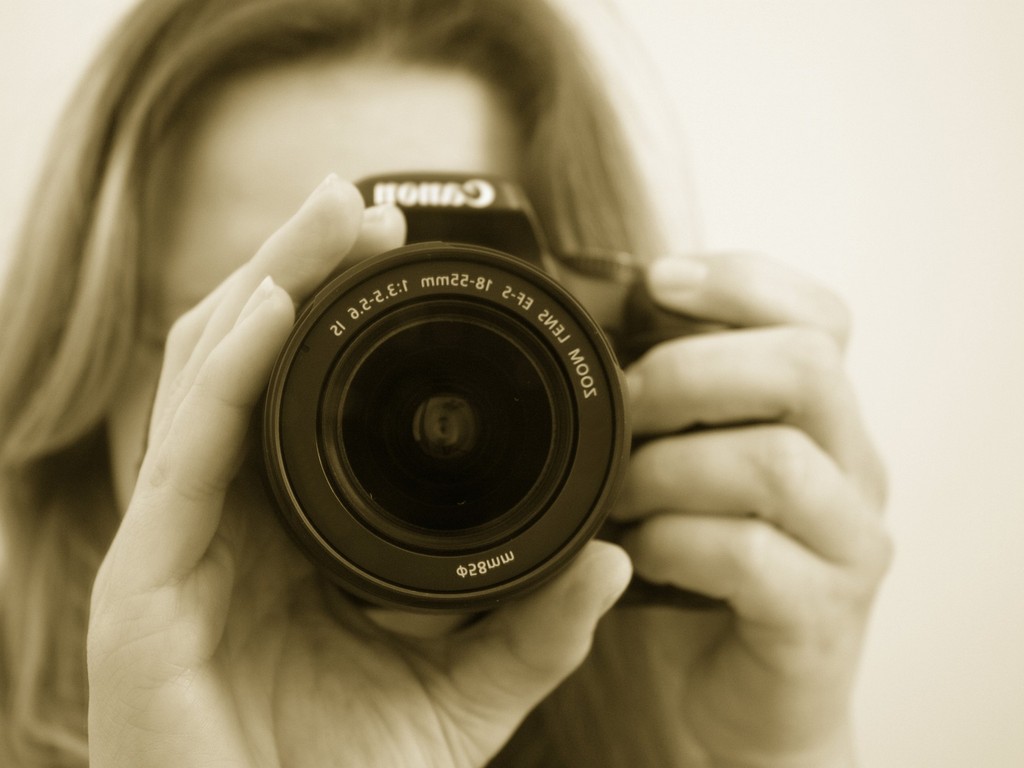The Evolution of Photography: All You Need To Know
17/10/2023 2023-10-17 16:42The Evolution of Photography: All You Need To Know
The evolution of photography is a fascinating story in itself. Nowadays, all of us carry a camera fixed in our phones throughout the day. It has made capturing and sharing moments so much easier. We do not have to think twice before clicking a photograph, which is so much superior in image quality than how it used to be earlier. But the camera, as we know, has made a long journey to be what it is today.
The history of photography dates back to the 5th and 4th centuries B.C. That’s correct! The concept of photography is that old. With this blog, let us explore how has photography changed over the years and what it took to materialize its modern form.
How Photography Has Changed- From Past to Present
In the early times, there was no medium to share images with people. The only way you could know about things was through someone else’s descriptions. The most common form of capturing an object or a being was through illustrations. But it was not a reliable method, as the quality of these illustrations largely depended on the artists and their perceptions.
The emergence of photography as a medium happened only about 200 years ago. In these years, the camera has evolved from a plain box camera that took obscure images to the high-tech DSLRs and smartphones we use today.
The Camera Obscura
In the history of photography timeline you can find mentions of Camera Obscura in Chinese texts dating to 440 B.C. and also in Aristotle’s writings in 330 B.C.
Camera Obscura was not a device but rather a system built with a dark chamber with a hole in one wall. The light from the objects outside the box passed through the hole to project an inverted image on the opposite wall. This concept was earlier used by philosophers to study optics.
The First Photograph
In 1827, French scientist Joseph Nicephore Niepce captured the earliest photograph ever from a window of his estate in Le Gras with a camera obscura. Niepce placed an impression on a pewter plate daubed in bitumen and then subjected it to eight hours long exposure to light.
The shaded areas of the impression obstructed the light, but it passed through the whiter areas to react with the chemicals on the plate. Niepce then put the plate in a solvent to obtain an image, which was known as a heliogram or sun print.
Daguerreotype
Following his experiment with pewter plates, Niepce teamed up with a Parisian artist named Louis Daguerre in 1829 and began experimenting to refine his process. After Niepce’s passing, Daguerre continued working with his notes.
He used silver-coated plates, which, when exposed to iodine fumes, reacted to produce a coating of photosensitive silver iodide. Daguerre named this improved and more convenient method of photography after himself, as daguerreotypes.
The daguerreotype process helped to obtain pictures of much better quality and also reduces the exposure time, which was three to fifteen minutes in his early pictures. It further went down to one minute with later improvements.

Colour Photography
Much later, after the invention of daguerreotypes, physicist James Clerk Maxwell captured the first colour photo of a tartan ribbon in 1861. However, it was only in 1907 that colour plates were made easily available for photographers to buy.
These plates used a screen of filters that screened RGB light to develop a negative and reverse it to produce a positive image. Modern technology for developing photos is a refined version of this process.
The advent of the Personal Camera With Kodak
Earlier photography was meant only for the professionals and the rich. Even photographers found carrying around photographic plates and chemicals a bit difficult until the arrival of personal cameras.
In 1884 George Eastman of New York developed dry gel on paper, or flexible roll films, that did not require changing the solid plates constantly. He then developed the Eastman Kodak camera in 1888 that held 100 film exposures and a small single lens with no focusing adjustment.

Now anyone could take pictures by just pressing a button and sending the camera to the factory to develop the prints. The company would then dispatch the camera back to the customer with a new roll. Moreover, it was much more affordable for the common man to own. Eventually, photography became popular among the masses with the launch of Kodak Brownie in 1901.
35 mm Films
Later on, Oskar Barnack attempted to reduce the size of personal cameras even more. In 1913 he built his camera, which became popular as the Leica 1 (A). This camera used 35 mm film, which was much smaller and affordable, thus shrinking the size of the camera. The 35 mm format remains relevant in non-digital consumer cameras to date.
Digital Era
Digital Photography came into being with the invention of the first digital camera in 1975 by Steve Sasson, an engineer for Koda. It took more than 20 seconds to capture an image and then stored the data on a cassette recorder.
Gradually, by the mid-1980s, several companies started developing digital cameras. Canon was one of the first few to demonstrate a feasible digital camera in 1984, however, it never made it to the market. The Dycam Model 1 was sold for $600 as the first digital camera in the US market in 1990. Kodak then launched the first SLR in 1991, a Nikon F3 body connected to a storage unit manufactured by Kodak. By 2004, digital cameras had become popular among the general public.
Phone Camera and Modern DSLRs
Today almost all of us carry smartphones with built-in cameras. The transition of phones from just talking devices to a smartphone with a camera happened in 2000. It was Samsung that presented SCH-V200, the first smartphone camera. Later on, Apple introduced a smartphone camera in its first iPhone in 2007, followed by Google Pixel in April 2014. Eventually, smartphone cameras overshadowed the digital camera market.

Although, as compact as smartphones may be, they cannot match the true power of modern DSLRs. Supported by a large assortment of lenses and other accessories, highly-powerful modern digital cameras can help you capture high-definition images of microscopic things to objects far away in space. If you are truly passionate and serious about it, then DSLRs can help you explore a whole new world of photography, as it is a significant aspect of the digital era.
Wrapping Up
Jumping across several experiments and inventions in the evolution of photography, the modern digital camera has come a long way from what Niepce used to capture the earliest photograph ever.
No need for bulky devices or plates and chemicals. We can now click a picture wherever we want by just clicking a button.
If you wish to learn the skills to become an exceptional photographer, you can join the diploma in Fashion Photography program offered by the JD Institute of Fashion Technology.













